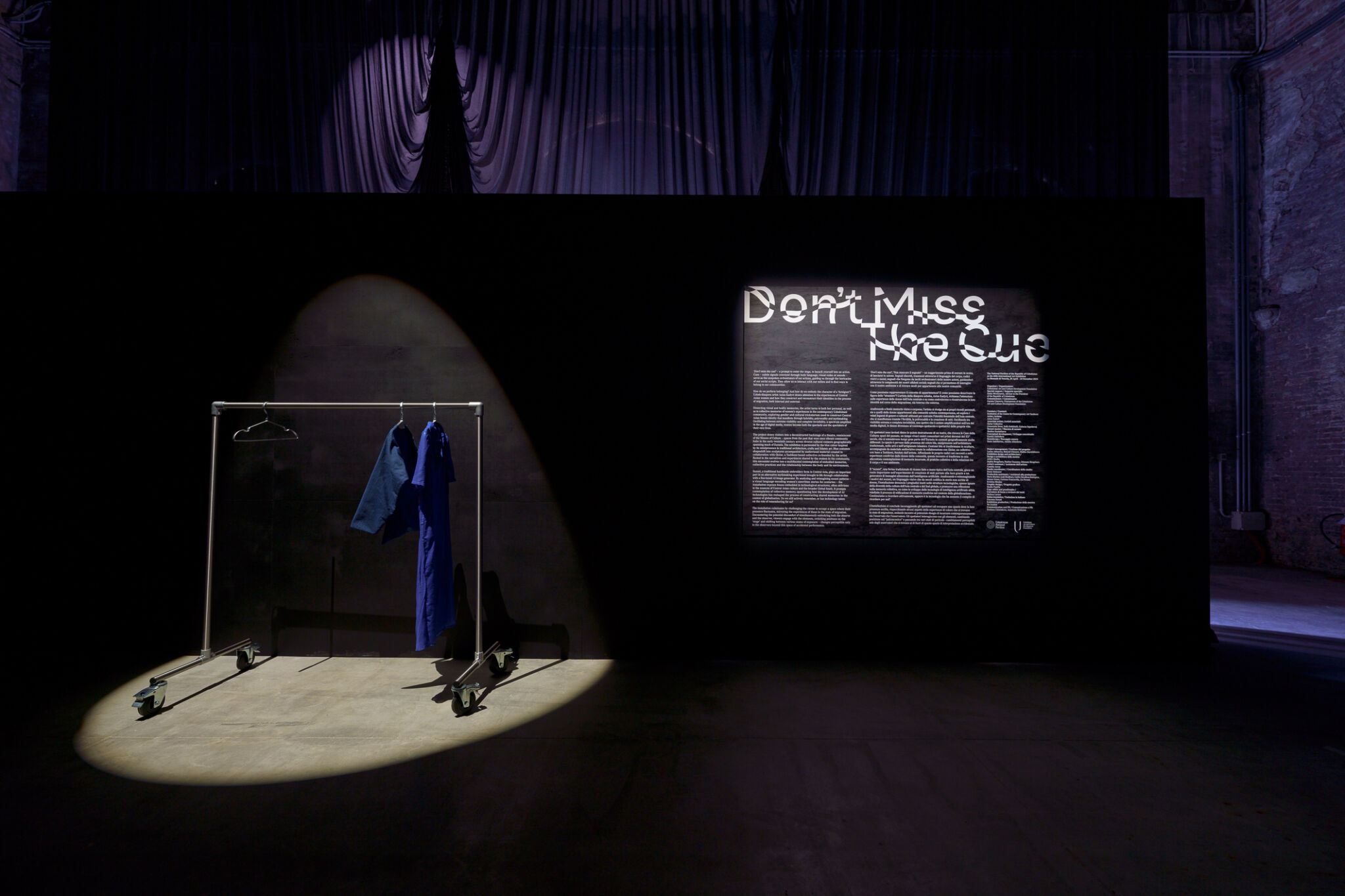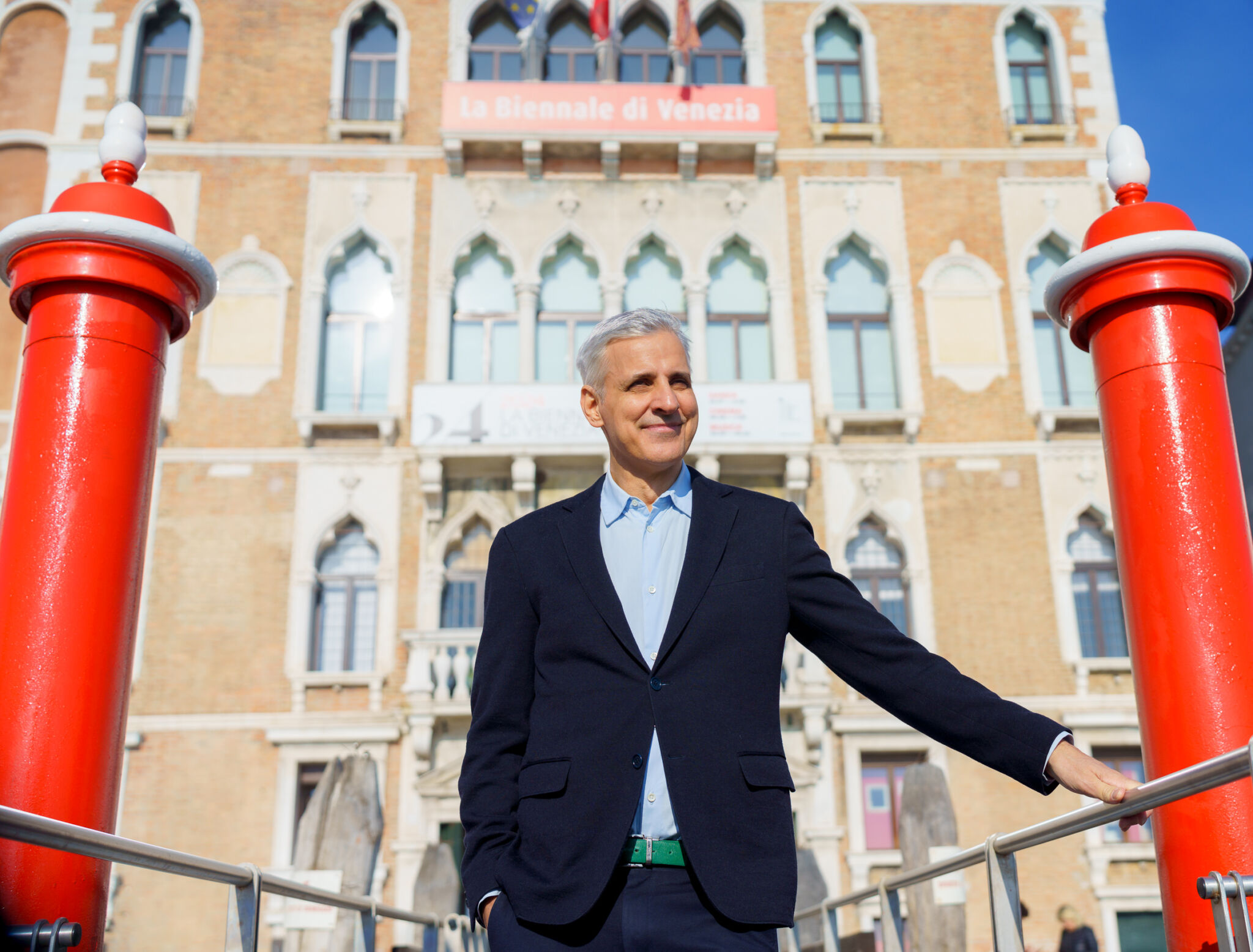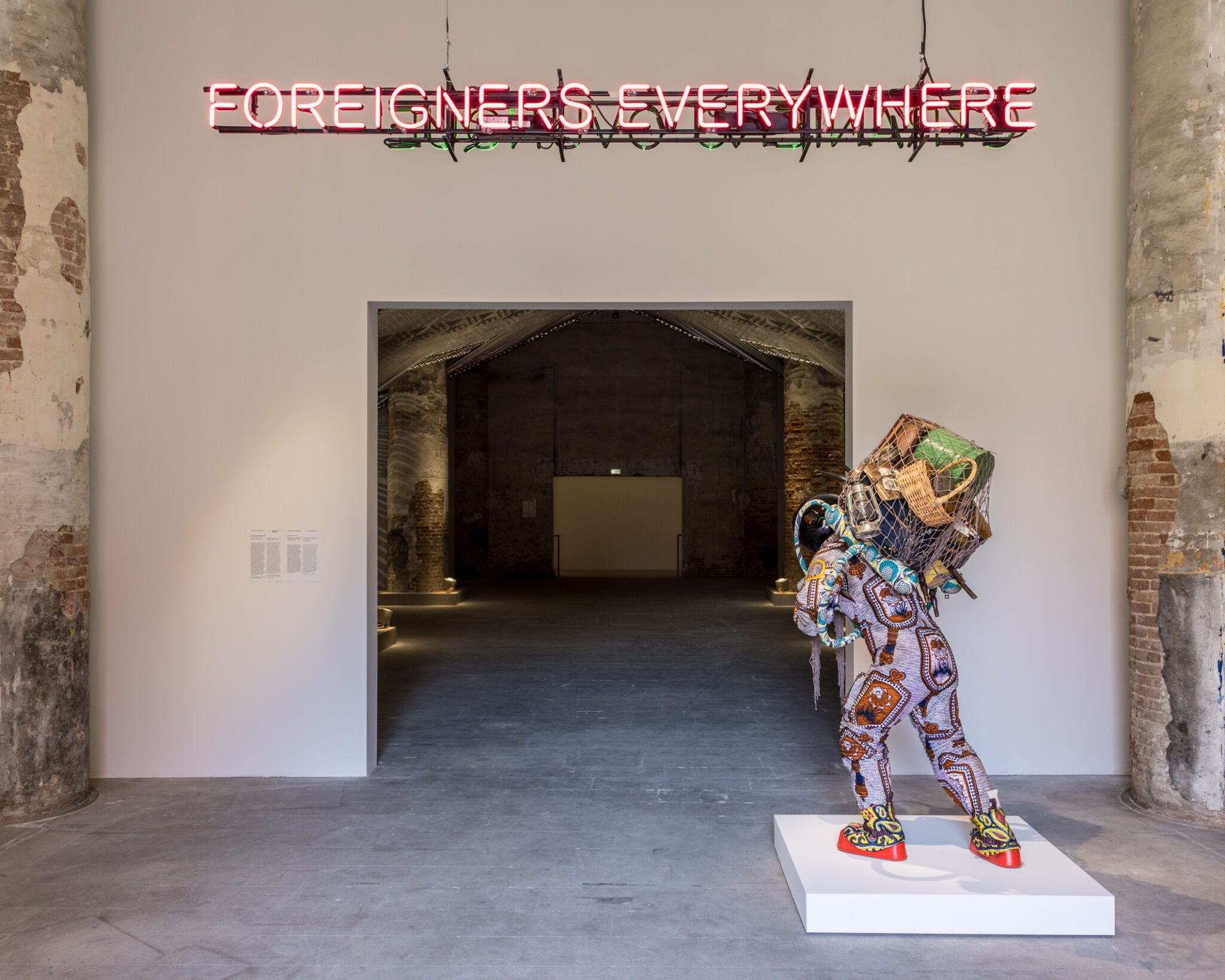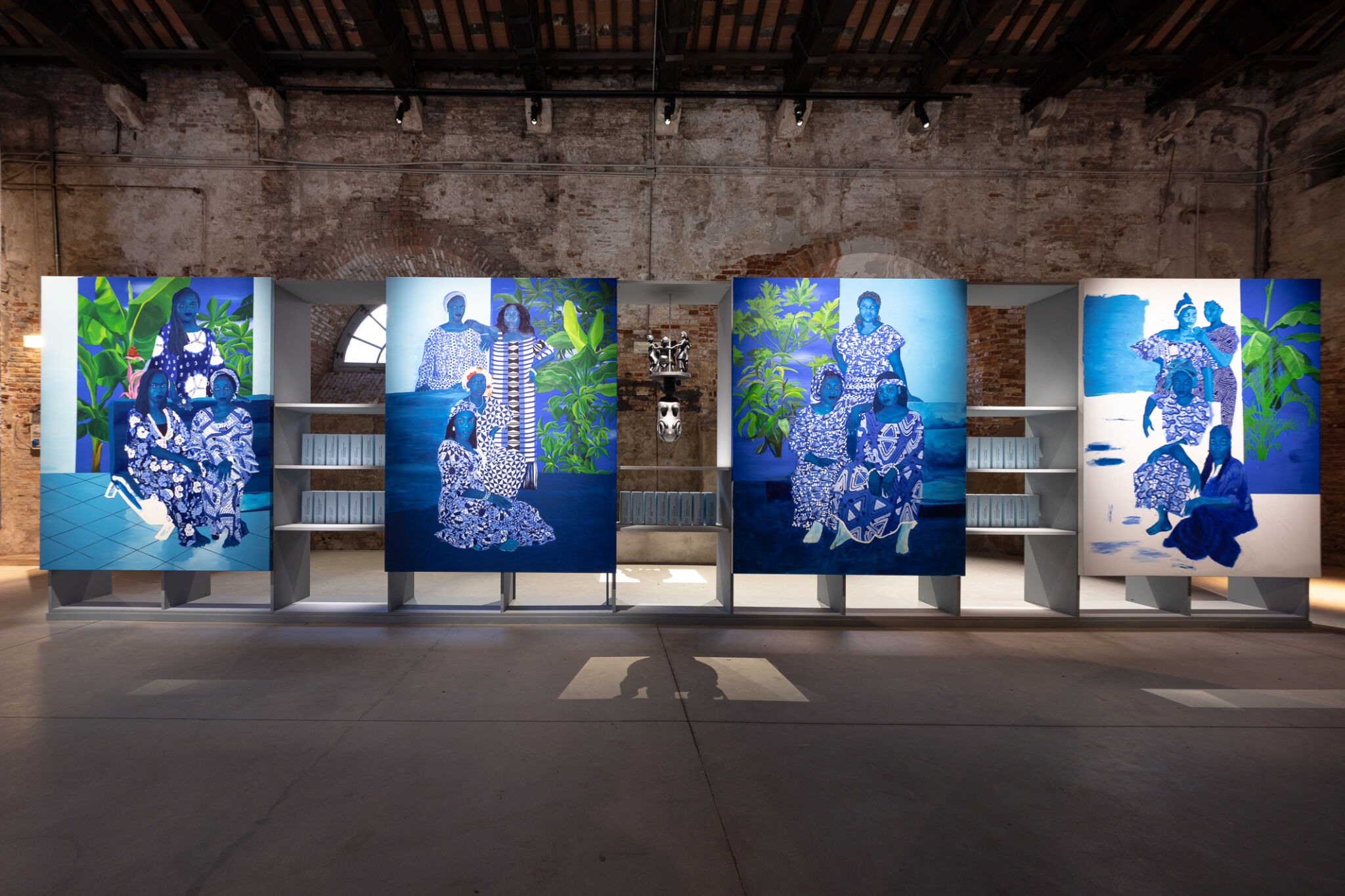Uzbekistan at the Venice Biennale
Venice Biennale 2024: Uzbekistan Reopens its Pavilion.

On April 20th this year, Uzbekistan once again opened the doors to its pavilion at the Venice Biennale. The curator of the exhibition is the Center for Contemporary Art in Tashkent. Over four years of participation in the international exhibition, the Tashkent team has gained experience from top-notch masters. Thanks to this, today they create contemporary art on par with global curators, thereby enhancing the prestige of the country on the international art scene.
"Don’t Miss the Cue" is the name of the Uzbek exhibition, which translates to "Не пропусти свой выход" in Russian. This phrase is commonly used by actors before going on stage.
Through today's exhibition, this phrase has gained new meaning. In line with the main theme of the Venice Biennale "Foreigners Everywhere," the exhibition "Don’t Miss the Cue" invites the audience to explore questions of national identity through the experiences of Central Asian women, offering a chance to understand and feel how they discover themselves in the process of migration.
The Uzbek pavilion features a project by Aziza Kadyri, created in collaboration with the Tashkent-based group of artists, Qizlar Collective. A series of hand-embroidered pieces by suzani master Madina Kasymbaeva are the key exhibits of this project.

Exhibition “Don’t Miss the Cue"
Why "Foreigners Everywhere"?
The title of the exhibition was introduced by Adriano Perdosa, the first Latin American curator in the history of the Venice Biennale.

Adriano Pedrosa
The phrase "Foreigners Everywhere" holds a dual meaning according to Pedrosa, who currently heads one of Brazil's most renowned museums, the São Paulo Museum of Art. First, wherever you go, you will always encounter foreigners: they/we are everywhere. Second, no matter where you are, deep down you are always truly a foreigner. This expression can also be seen as a slogan, a call to action, an exclamation of excitement, joy, or fear: "Foreigners Everywhere!"
This theme was inspired by a series of neon sculptures started in 2004 by the collective Claire Fontaine, which featured the phrase "Foreigners Everywhere" in 53 languages, including extinct ones. The phrase itself originated from the name of a Turin-based collective that fought against racism and xenophobia in Italy in the early 2000s.

Who is participating in the Biennale this year?
The exhibition consists of two parts: Nucleo Contemporaneo, dedicated to contemporary art, and Nucleo Storico, which includes works from Latin America, Africa, the Middle East, and Asia created in the 20th century. The Venice Biennale 2024 favors those who have not yet participated in the International Exhibition. The invited participants include foreign artists, immigrants, expatriates, diaspora representatives, emigrants, and refugees.
Four countries are participating in the Biennale for the first time: the Democratic Republic of Timor-Leste, the Republic of Benin, Nicaragua, and Ethiopia, while the Republic of Panama and Senegal have their pavilions this year.

Pavilion of the Republic of Benin
Why is the Venice Biennale so important?
The Venice Biennale is a unique platform through which artists and curators from various countries can address their issues.
To understand how people live in other countries, sometimes it is enough to visit one international exhibition. The Venice Biennale is precisely such a place where you can learn about small ethnic groups, and the problems of countries you may not even know existed.
The exhibition "Foreigners Everywhere" calls for tolerance and understanding among different peoples. However, it is often criticized for national pavilions, participant selection, controversial political positions, and more. Nevertheless, this does not deter artists, critics, curators, and everyone who cares about creativity from coming back time and again, queuing for hours for groundbreaking projects.
The Venice Biennale will welcome visitors until November 24th.
Photo courtesy of La Biennale di Venezia, photographer Andrea Avezzu.


